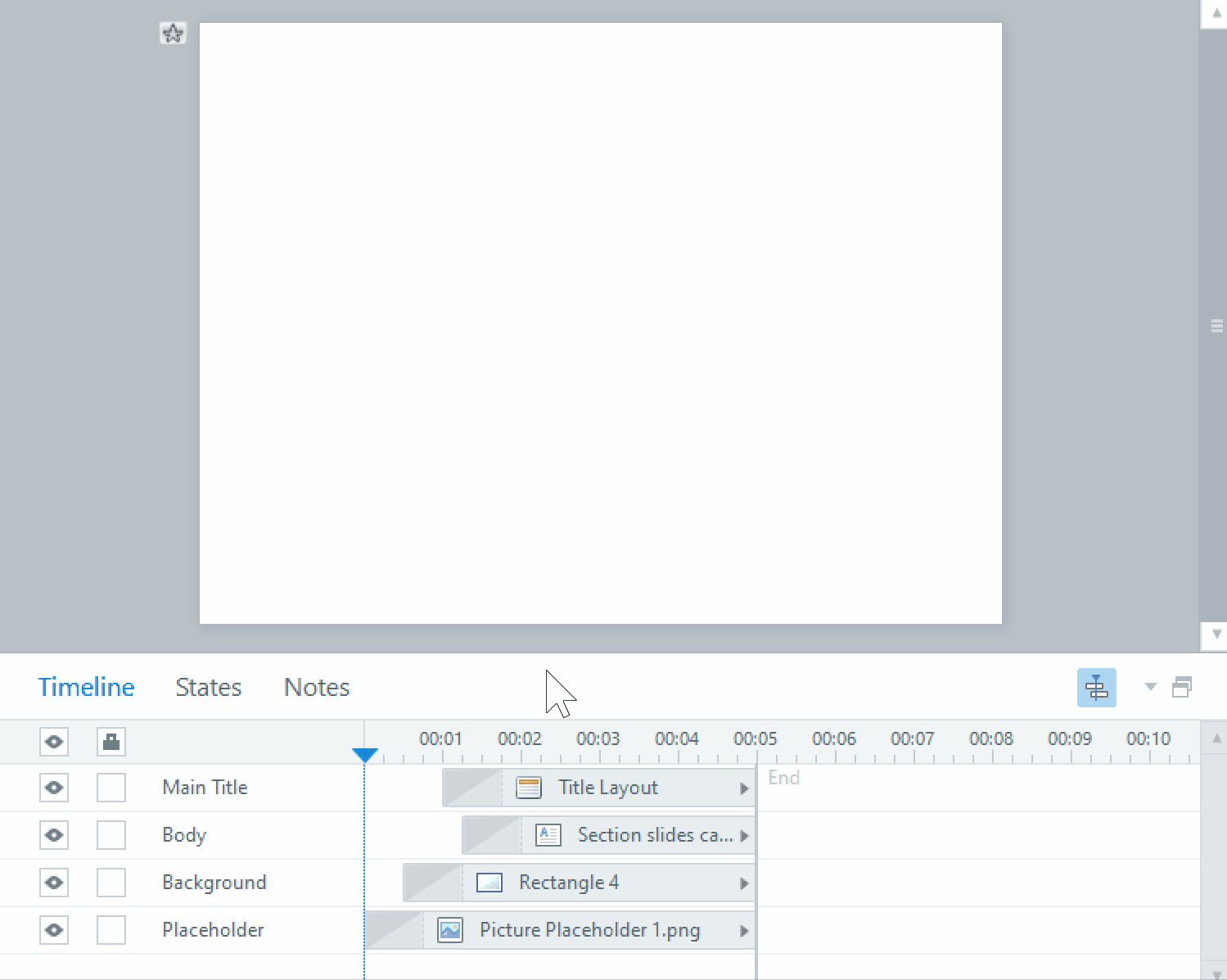What makes a good microlearning video?
When creating videos for microlearning it is important to record, edit and produce videos in a way that fits the microlearning style of content. For those who aren’t familiar with microlearning, microlearning is a learning and development methodology that focuses on delivering training in small bite sized chunks. The benefit of this is that it gives the learner time to digest what they are learning before moving onto the next topic. When creating videos for eLearning it might be longer, it may consist of webinars or QA discussions and could be long form content, for microlearning however the videos need to be shorter as the content is broken down into smaller pieces and chances are learners will be taking it on-the-go, resulting in a limited amount of time they can dedicate to the videos in one go.
But what makes a good microlearning video? Below are some things you can do to improve your microlearning videos.
1. Focus on a specific topic
When creating a microlearning video one of the challenges is trying to include all the required content into a video without going into too much detail or going off track. It can be tempting when making the video to include as much information as possible about a subject, however this can result in the video going off topic or covering too much information and overloading the learner. In an eLearning course or learning video this may be fine as you have more time, but in a microlearning video you have limited time to teach your subject so as a result it needs to be concise and focused on a specific subject area.
2. Make it visual
During the planning stage of creating a microlearning video it can be easy to focus only on the content of the video and trying to convey the technical knowledge. But its also important to remember that learners need to be engaged and interested while watching the video, therefore you should consider adding visual elements to your video. Visual elements can be anything including colours, on-screen text or animations with the goal of making the video more interesting and appealing to the learner. When planning your video it is recommended to sit down with a designer who can provide input in the types of visuals you can include to make your content more engaging to the learner.
3. Think about devices
When creating your microlearning video the design and content are two key aspects, however it is also important to consider the technology that the video will be viewed on. Chances are if you are creating microlearning your learners will be viewing the content on a variety of devices including smartphones and tablets while on the go. This means that learners are most likely not going to have a stable Wi-Fi connection and will be using data, as a result it is important when publishing the video to try and reduce the file size, if the video file is too large it will result it either not loading or using large amounts of the learners data. If you have a download feature for your videos this can resolve a lot of issues related to file size and download limited.
















